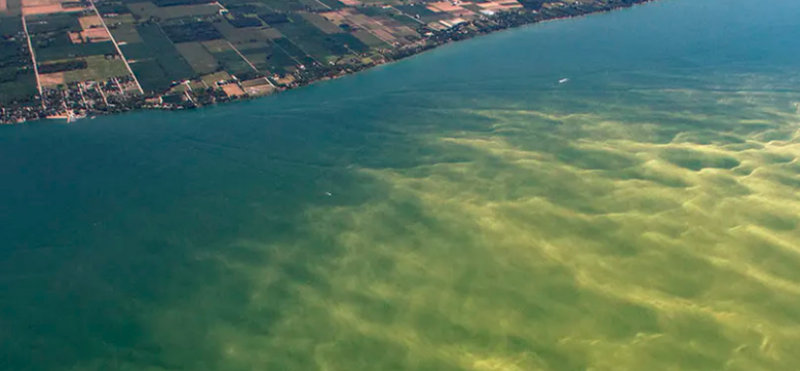Great Lakes waters at risk from buried contaminants and new threats
Published on by Water Network Research, Official research team of The Water Network in Social
Nickle Beach, Copper Harbor, Silver Bay. These places, all situated on the shores of the Laurentian Great Lakes, evoke the legacy of mining connected with the region.

While mining operations for metal ores and their refining have all but ceased here, there are renewed concerns over the safety of our Great Lakes source waters. One only has to think back to the 2014 water crisis in Flint, Mich. that exposed more than 100,000 people to elevated lead levels or to more recent headlines over lead contamination in water distributed from Canadian taps.
The Great Lakes basin is home to more than 35 million people distributed across two nations and numerous First Nations. They all rely on this resource for potable water, employment, sustenance and recreational opportunities.
Yet, environmental concerns are a recurring theme, compromising beneficial uses of the lakes and connecting rivers and posing a threat to a combined GDP of US$5.8 trillion across the region.
Canadians have come to expect access to safe, clean and reliable drinking water, as well as access to lakes and rivers for recreational use. However, a legacy of natural resource extraction and industrial use, together with new pressures on freshwater ecosystems, challenge the integrity and sustainable use of these resources.
An A grade, for now
Clearly, past environmental crises like mercury pollution of Lake St. Clair in the 1970s, the St. Clair River’s blob of perchloroethylene (a dry-cleaning solvent) in 1985, the outbreak of gastroenteritis in Walkerton, Ont. in 2000, the contamination of Michigan’s Huron River with PFAS (a family of persistent chemicals) in 2017, and the Flint water crisis provide compelling evidence of the need to control contaminants at their source and avoid another tipping point.
Media
Taxonomy
- Environmental Policy
- Lake Management
- Environment Evaluation
- Aquatic Environment
- Environmental Conservator
- Environmental